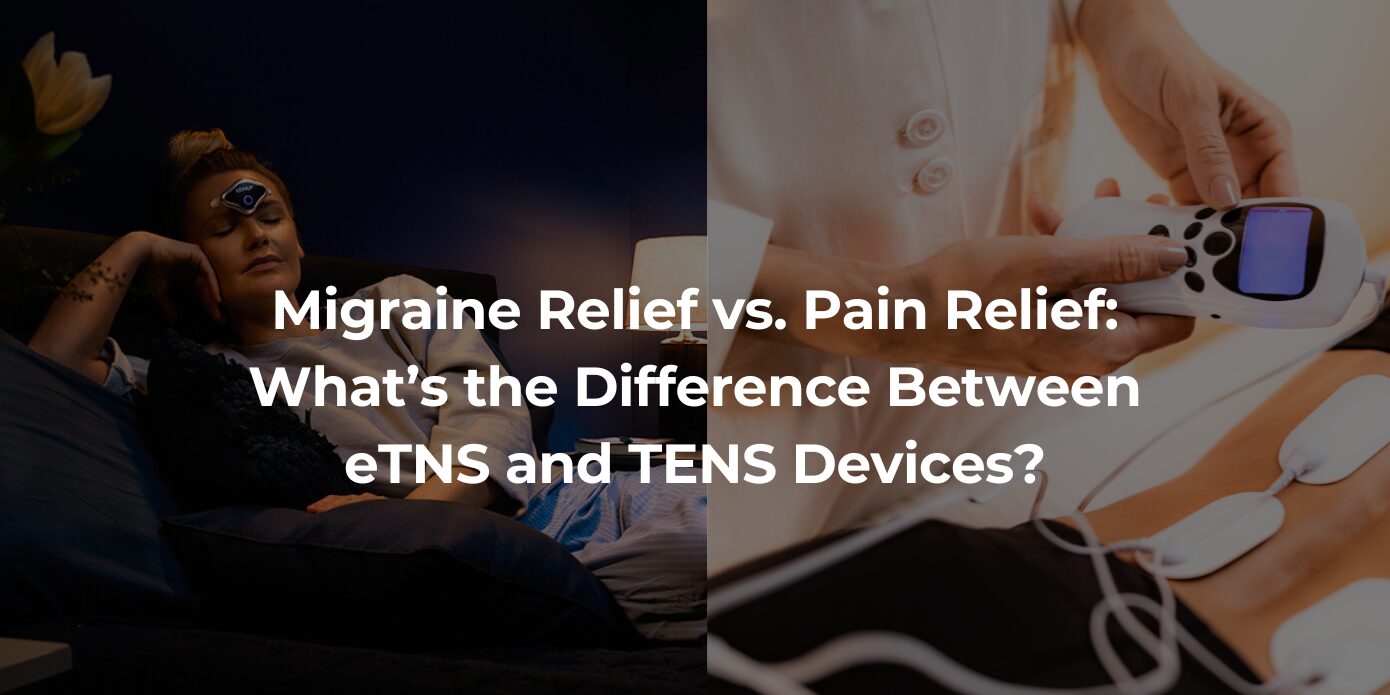The official definitions of episodic and chronic migraine seem straightforward.
- If you have 15 or more headache days per month (and at least eight of them meet the criteria for migraine) and this has persisted for three months, then you have chronic migraine.
- If you have 14 or fewer headache days per month, that’s considered episodic migraine.
In real life, however, it’s not that simple. Episodic and chronic migraine aren’t really two separate categories; they’re more like a spectrum. Let’s look at the differences in episodic vs. chronic migraine, how they’re treated, and how you can reduce your migraine frequency.
Three challenges with defining episodic vs. chronic migraine
- “Headache days” can be hard to count.
“How do you define a headache versus a migraine day?” Stephanie J. Nahas, MD, asked at the 2023 Migraine World Summit. “Because we know that migraine is much more than just headache, and sometimes migraine symptoms persist in the absence of pain, or with just mild pain.” Dr. Nahas, an associate professor of neurology at Thomas Jefferson University, suggests that a better question to ask is: Out of every 30 days, how many are totally symptom-free days? “If that number of crystal clear days is below 15, in my view, that person has chronic migraine.”
Keeping a detailed migraine journal helps you get a better picture of how many good days, migraine days, and in-between days you have. This can shed light on whether you have chronic migraine vs. episodic migraine. The CeCe Migraine Management app makes it easy with personalized migraine logging and downloadable reports.
- High-frequency episodic migraine can be just as disabling as chronic.
One award-winning research paper found that the degree of disability is virtually the same between patients who have 8 to 14 migraine days per month and patients who have 15 to 23 migraine days per month.
“We know that once there are eight days per month of headache, this is kind of a tipping point where disability increases substantially,” Dr. Nahas says. That’s called high-frequency episodic migraine.
- Migraine frequency often changes over time.
“Three percent of patients who have episodic migraine will become chronic over the course of a year, and about 25% of patients who have chronic migraine may revert to episodic migraine over the course of a year,” explains David Kudrow, MD, Director of the California Medical Clinic for Headache.
Does chronic migraine ever go away?
Chronic migraine rarely goes away overnight. For many people, however, chronic migraine may decrease in frequency and become episodic. This can happen if you discover the root cause of your migraine attacks (such as a specific trigger or other health condition), or if you find a treatment approach that works well for you.
Migraine also tends to become less frequent with age, especially for women after menopause.
Episodic migraine vs. chronic migraine treatment
Chronic migraine and episodic migraine have the same symptoms, although the experience may vary from person to person. Patients typically experience intense, pulsing or throbbing head pain. This is often accompanied by other symptoms, such as nausea, vomiting, and sensitivity to light, sound, and smells. Some people may also experience aura: visual or sensory changes that occur just before a migraine attack begins.
Treatment approaches are different for people with episodic vs. chronic migraine.
- If you have three or fewer headache days per month, you may only need acute treatments (prescription or non-prescription) in your migraine toolkit.
- If you have four to seven headache days per month, you may need more or stronger acute treatments and possibly preventive treatments as well. However, acute medication intake must be carefully monitored, because overuse of certain drugs can put you at risk for increasing migraine frequency.
- If you have eight or more headache days per month, it’s essential to work with your healthcare provider to develop a treatment plan for pain relief and migraine prevention.
- If you have a migraine attack that lasts longer than 72 hours, that’s called status migrainosus. Status migrainosus is a serious condition, and so you should contact your healthcare provider or visit the emergency room.
High-frequency episodic and chronic migraine are severely disabling conditions that can prevent you from working, from taking care of your family, and from living the life you want to live. And unfortunately, there’s rarely a simple pharmaceutical solution.
“You can’t just keep piling medication upon medication upon medication. That winds up
being a losing battle eventually,” Dr. Nahas warns. Instead, work with your doctor to add non-drug treatments and lifestyle changes to a medication foundation. These could include:
- Migraine trigger avoidance
- Dietary changes
- Good sleep hygiene
- Vitamins and supplements
- Stress relief and relaxation practices
- Biofeedback training
- Exercise (aerobic, weight training, or both)
- Massage and/or physical therapy to relieve triggering muscle tension or pain
- Acupuncture
- Botox injections
- Nerve blocks
- Neuromodulation devices
Why try neuromodulation for episodic and chronic migraine?
Non-invasive neuromodulation is a drug-free way to treat and prevent migraine. Neuromodulation devices stimulate the nerves involved in migraine pain processing.
The #1 neuromodulation device for migraine relief and prevention is CEFALY, a device worn on the forehead to target the trigeminal nerve. Why is CEFALY so popular?
- No prescription needed, so you don’t have to get doctor or insurance approval
- Affordably priced, with no required subscription fees or prescription refills. Plus, insurance reimbursement may be available, depending on your provider and plan.
- Clinically proven, with multiple published studies showing it’s effective
- Reduces migraine frequency with consistent use of the PREVENT mode, which could help you get from chronic to episodic migraine
- Relieves migraine pain and other symptoms when the ACUTE mode is used (ideally at the earliest sign of a migraine attack)
- Can be used alongside medication and other treatments, so you don’t have to stop doing what works for you
- No serious adverse side effects — unlike some medications with side effects that are hard to tolerate
If you have episodic migraine, CEFALY is a drug-free, cost-effective way to relieve migraine pain.
If you have high-frequency episodic migraine, you can also benefit from PREVENT treatments to reduce attack frequency.
If you’re living with chronic migraine pain, add CEFALY to your treatment plan for pain relief alongside (or in place of) medication. Daily PREVENT treatments can help reduce attack frequency.
Best of all, CEFALY has a 90-day risk-free guarantee. Buy your device today and use it for up to 90 days. If your episodic or chronic migraine symptoms don’t improve, you can return the device and get your money back — simple as that.
Why wait any longer? Discover the proven drug-free way to relieve and prevent migraine pain. Try CEFALY.














